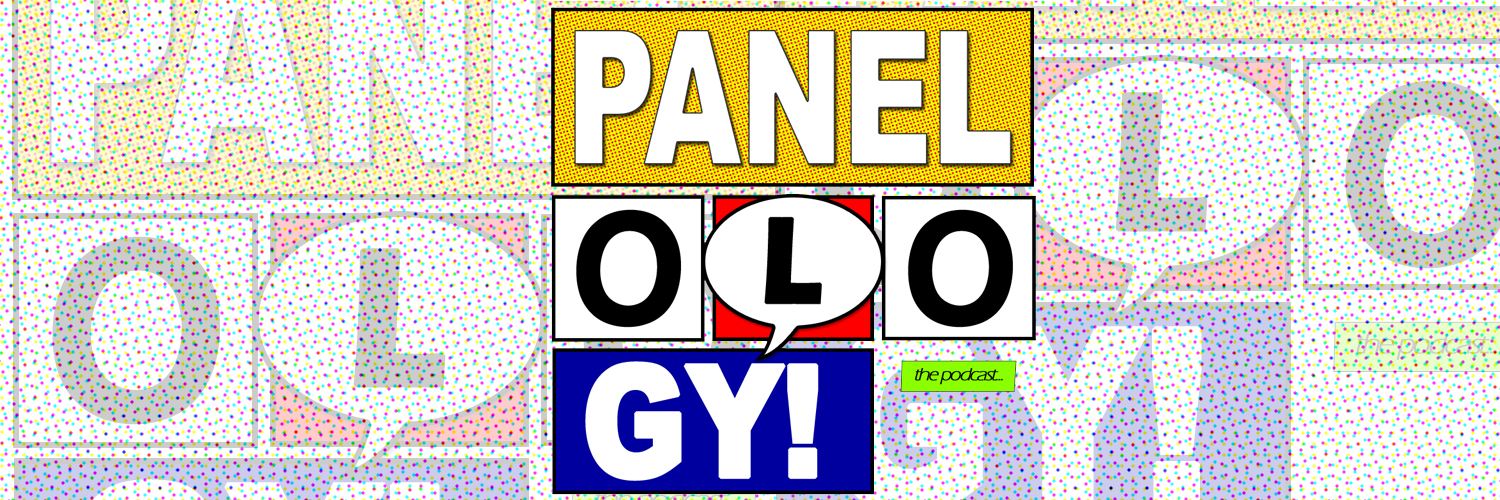When years of questionable editorial and writing choices have alienated readers and left characters spinning without the traits or history that had previously defined them, what do you do?
Call Geoff Johns.
This strategy has worked so far for the move away from The New 52* and into Rebirth. Hopefully, it will succeed for DC’s Cinematic Universe with the upcoming Wonder Woman as Johns’s first film as creative guide. And in 2004, it paid off for Hal Jordan.
When Johns kicked off Green Lantern: Rebirth (and what would be an almost decade-long run writing Green Lantern), Hal was at rock bottom. His hometown was rubble. He lost his mind. He turned evil and became Parallax. He died saving Earth by re-igniting the sun—then he came back as a ghost, the Spirit of Vengeance known as the Spectre. And the longer this went on, the less Hal was Hal, and the more turned-off longstanding Green Lantern fans became.
In six issues, Johns turned all that around. Green Lantern: Rebirth is the same sort of legacy restoration that the current Rebirth efforts hope to be. Kyle Rayner—the only Lantern protecting the known universe—discovers the true nature of Parallax and rushes back to Earth to warn fellow Lanterns John Stewart and Guy Gardner before it is too late. It is, of course, too late, and overcoming Parallax falls on Hal Jordan. It is the kind of back-against-a-wall story that distills Hal to his essence—and as such, it is both a clever primer on who the character is and strong signal that he is back to form. And in the course of this, Johns sews the seeds for what would not only be a new mythology for the Green Lanterns, but one which is now the basis of almost every new story told about the Corps.
By the same taken that Johns establishes himself as the writing force behind an emerald renaissance, Ethan Van Sciver’s pencils in this mini-series established him as one of the preeminent contemporary Green Lantern artists. His balance between scale and detail make him flexible, ready to shift between cosmic entities streaking through the heavens and the mundane clutter of a bar. Intimidating aliens look at home next to ordinary humans. And his truly monstrous figures are terrifying. By the same token, Moose Baumann’s colors shift between the ordinary and the spectacular seamlessly.
If you like—or are at all interested in—the Green Lanterns, you should check out this title. Green Lantern: Rebirth is the opening salvo in a run that is, in a word, foundational to the stories that writers following Johns have told. (And I jumped into his run near its end, and he sticks the landing if you decide to take the plunge and work through his whole run as I am now.)
*For the record, I liked a lot of The New 52, but it was unkind to a large number of characters.
Collected in
- Green Lantern Rebirth (#1-6)
- Green Lantern by Geoff Johns Omnibus, Vol. 1 (Green Lantern Rebirth #1-6, Green Lantern Corps Recharge #1-5, Green Lantern #1-25, Green Lantern Corps #14-18, Green Lantern: Sinestro Corps Special #1, Green Lantern Secret Files 2005 #1, Tales of the Sinestro Corps: Superman Prime #1, Green Lantern/Sinestro Corps Secret Files #1)
Credits
Writer: Geoff Johns | Penciler: Ethan Van Sciver | Inkers: Prentis Rollins, Marlo Alquiza, Mick Gray, Ethan Van Sciver | Colorist: Moose Baumann | Letterer: Rob Leigh

